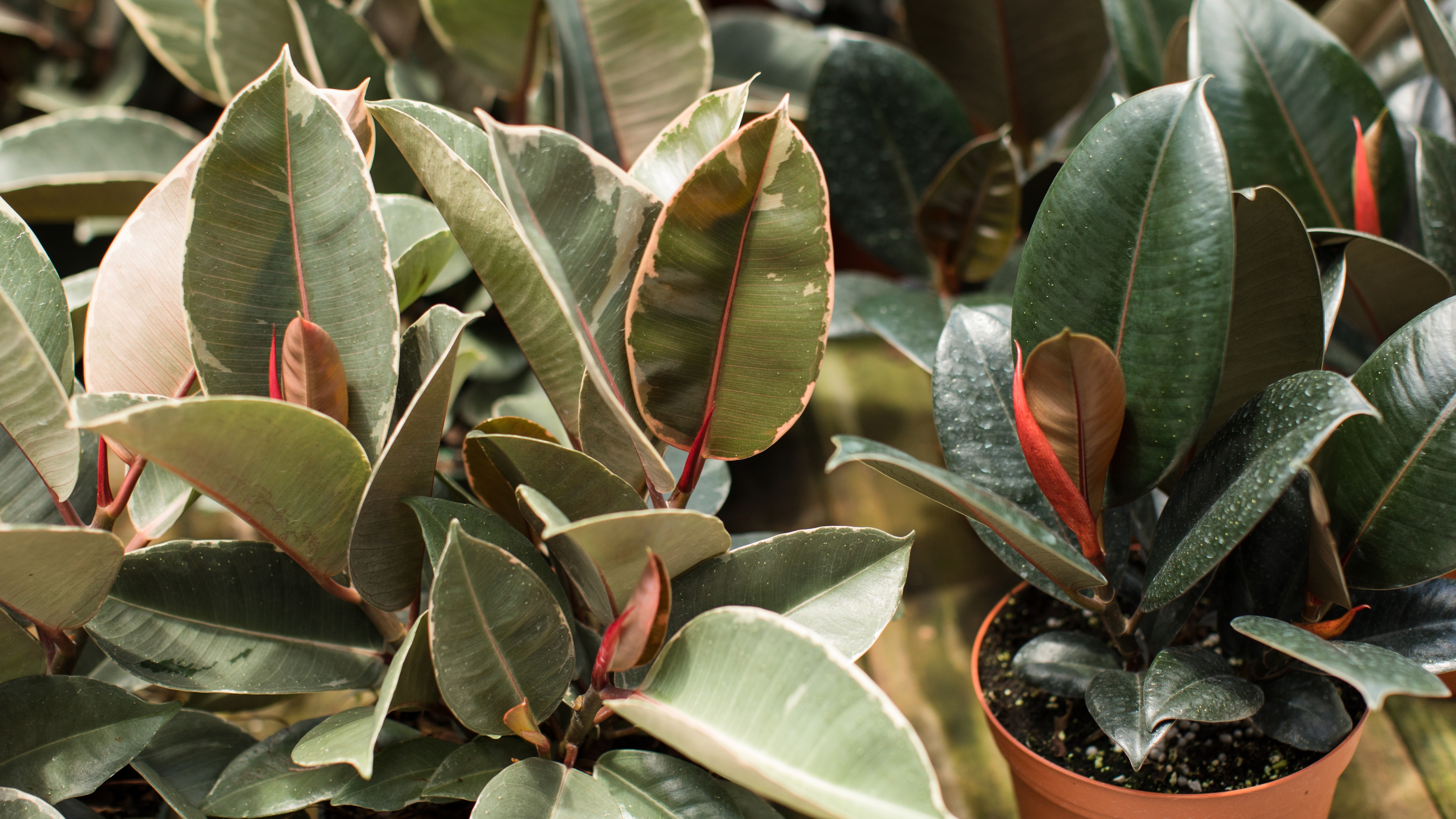
If you’re on the lookout for a new houseplant to add to your home, a rubber plant is one of the best indoor plants that you could pick. Not only are they one of the easiest plants to care for, making them ideal for beginners or those who have struggled to keep certain plants alive in the past, but they also have some wonderfully glossy and interesting leaves.
Although rubber plants are incredibly hardy and low-maintenance, there are a few steps that you’ll need to take to ensure that they thrive indoors. And thankfully the experts have shared their top tricks and tips with us below.
HOW TO CARE FOR A RUBBER PLANT, ACCORDING TO THE EXPERTS
1. Place in bright, indirect light
While rubber plants are easy houseplants and can tolerate lower light conditions, this may slow their growth and lead to leggy stems. So, it’s best to aim for a room or location in your home that has bright but indirect light, as placing the plant in direct sunlight can cause its leaves to become scorched.
2. Provide a warm and humid environment
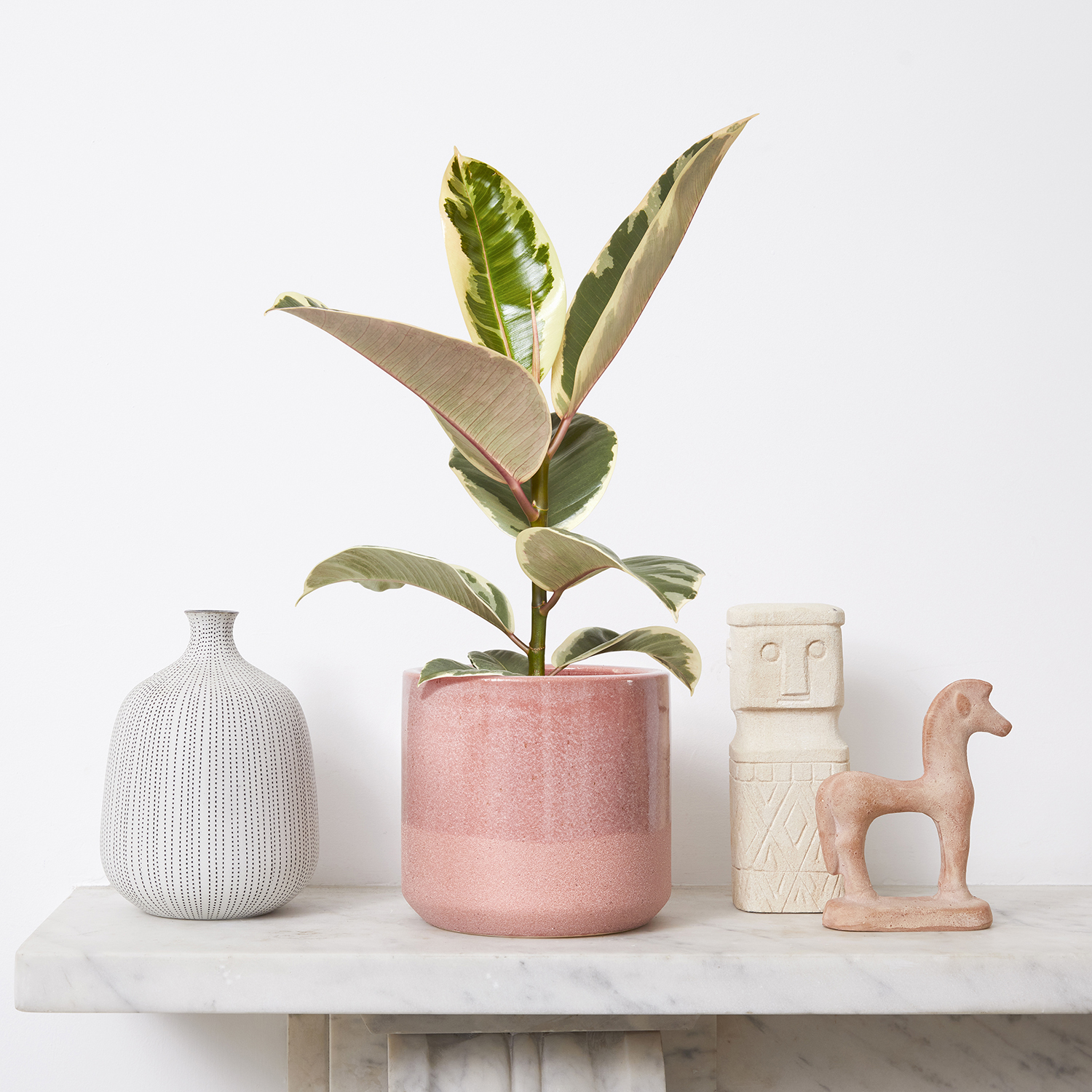
According to Kelly Dyer, indoor houseplant expert at Patch Plants, “a good rule of thumb is that if you’re at a comfortable temperature indoors then your rubber plant will be comfortable as well.” And they typically like a consistently warm environment. The experts agree that anywhere between 15°C to 25°C is the optimum temperature for them indoors. Just make sure not place your rubber plant next to anywhere too drafty or beside heating or cooling vents.
In terms of the humidity, as rubber plants tend to be native to more tropical climates, they “appreciate moderate humidity levels,” Chris Bonnett, founder and plant expert at Gardening Express, admits. “If the air is too dry, the edges of the leaves may start to brown. But you can increase humidity by placing a humidifier nearby or setting the plant on a tray filled with water and pebbles.”
3. Water moderately
"Regular pruning helps maintain the shape of your rubber plant and encourages new growth," Camilla Lesser, Development Manager at Essential Living, notes.
And the best time to prune, in general, is "spring or early summer when the plant is actively growing. Use clean, sharp scissors or pruning shears to cut just above a node or leaf joint. You can also remove any dead or yellowing leaves to keep your plant looking its best."
4. Fertilize during the growing season
The experts all agree that during the growing season of spring and summer, you should aim to treat your rubber plant to "balanced liquid fertiliser diluted to half strength," once a month, Chris proposes. Since the plant's growth slows down over the winter, there's no need to continue this into the colder months.
5. Prune when needed
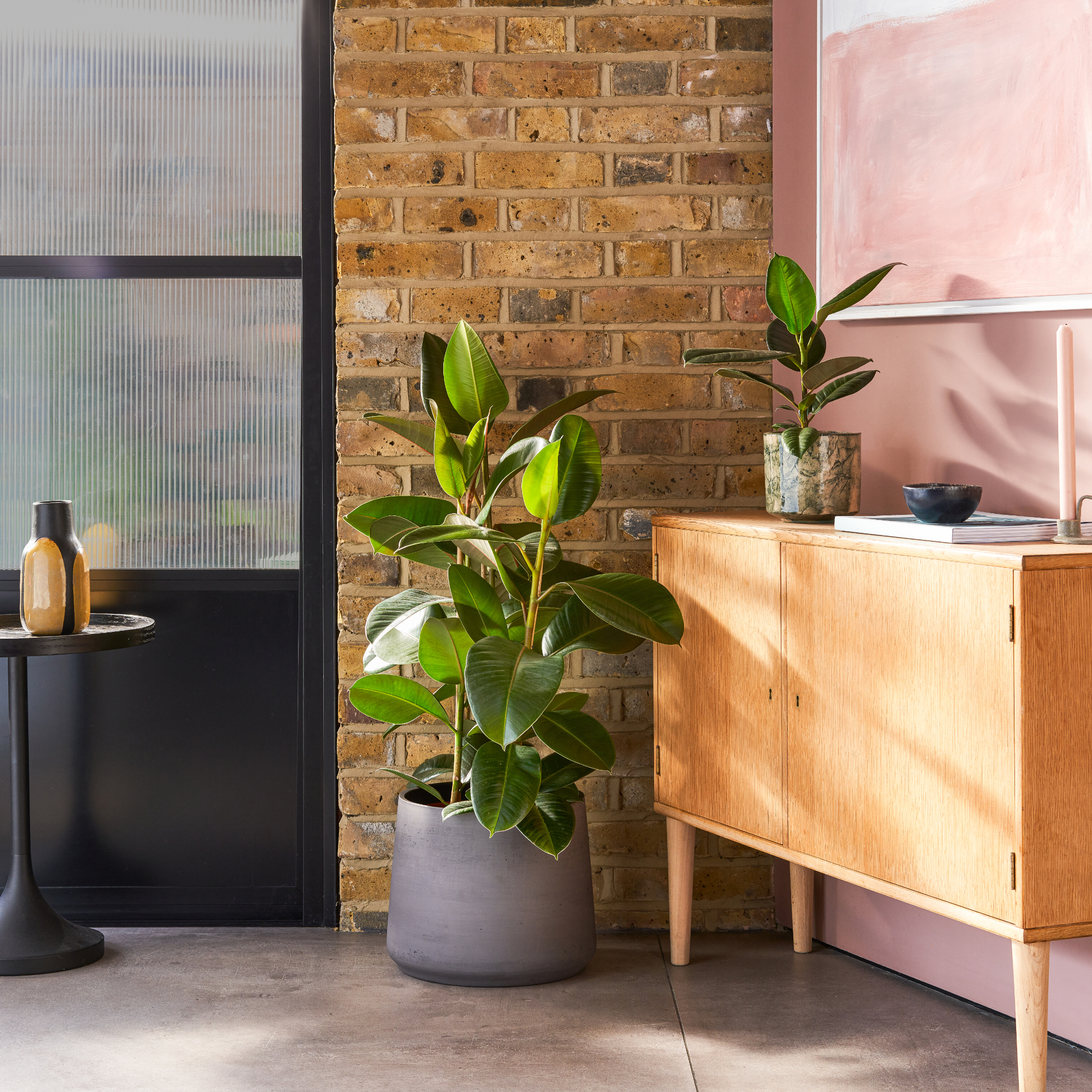
You might want to prune your rubber plant if you’ve noticed any dead or damaged leaves. The same can be said if it is starting to grow slightly out of control or could do with some shaping. “Pruning also encourages bushier growth,” Chris affirms.
A pair of sharp scissors, pruning shears or secateurs will do the trick. Just remember to wear a pair of gardening gloves as you do so as the sap from the plant can irritate sensitive skin.
6. Repot regularly
“Rubber plants are fast growers,” Kelly admits. So, if their roots are starting to poke out of their original pot, this is a tell-tale sign that it’s time to repot. “If you do feel like your rubber plant needs to be repotted come the springtime, do so using houseplant compost. And remember to drain your rubber plant well before putting it back in the decorative pot to avoid letting water sit at the bottom, as this can cause root rot,” she continues.
Otherwise, you’ll probably only need to “repot your rubber plant every 1-2 years or when it becomes root-bound,” Chris adds. Simply “choose a pot that is 1-2 inches larger in diameter than the current one,” to give it sufficient space to grow.
8. Dust the leaves routinely
As you might expect, because of their large leaves, rubber plants can be prone to getting dusty if you don’t keep on top of your cleaning checklist. And this “can block light absorption,” and stop the plant from breathing freely, Chris warns. All you need to do is give them a quick wipe with a clean cloth every so often to stop any dust from building up.
9. Watch out for pests
There are a couple of houseplant pests that rubber plants can be prone to, namely “spider mites, mealybugs and scale insects,” Chris advises. If you do notice any pests, particularly on the undersides of the leaves, treat them with insecticidal soap or neem oil as soon as you can to stop the pests from spreading any further.
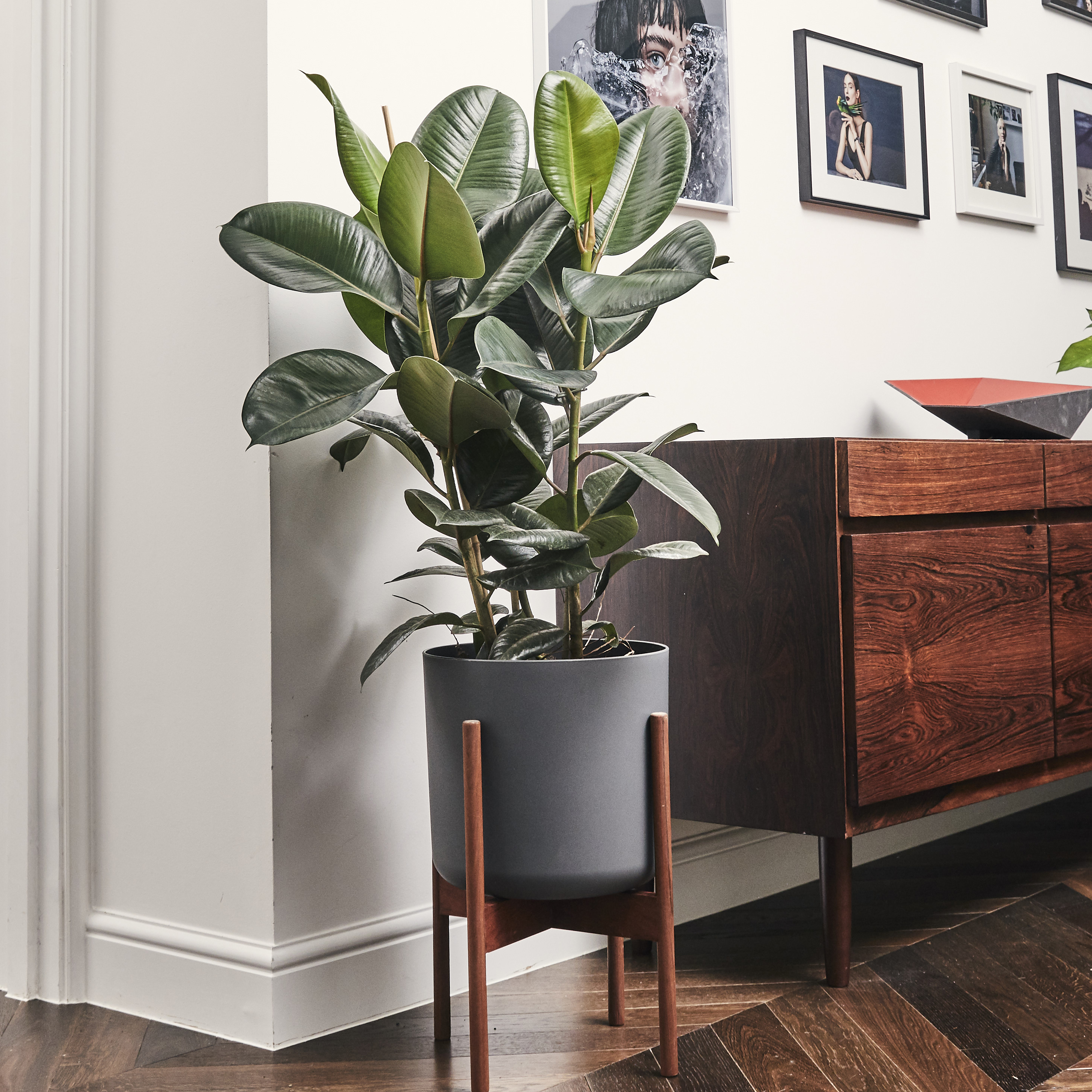
10. Provide support for growth
As rubber plants grow taller, they may need support stakes to keep them healthy and upright. A wooden dowel or pole should keep them upright. All you need to do is "gently tie the stems to stakes to prevent them from toppling over," Chris concludes.
FAQs
Why are the leaves falling off my rubber plant?
There are a few different reasons why your rubber plant’s leaves might be falling off. For example, “if a plant doesn’t have enough energy to thrive, it will shed leaves,” Kelly explains. And frustratingly, overwatering and underwatering can cause its leaves to drop, so getting the balance just right is key.
What you'll need
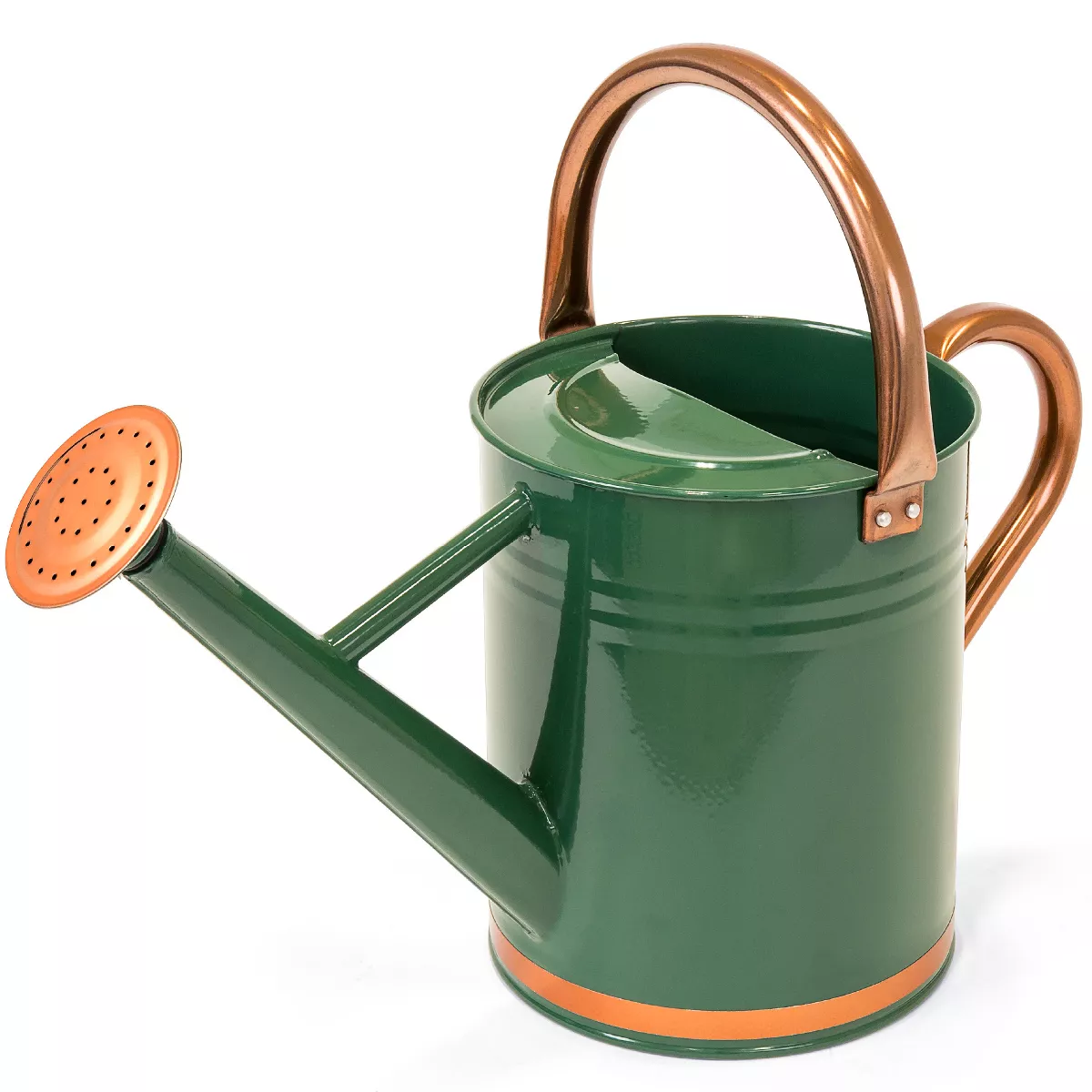
Price: $39.99
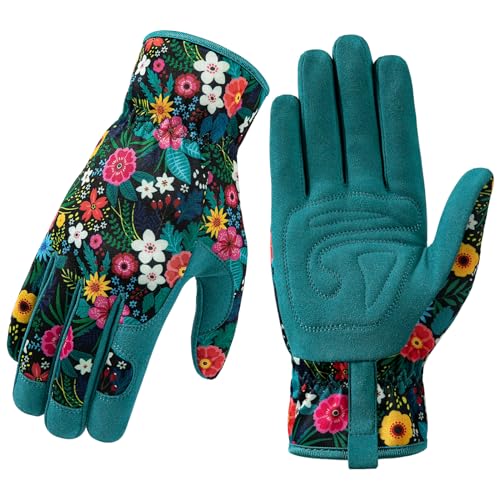
Price: $7.99
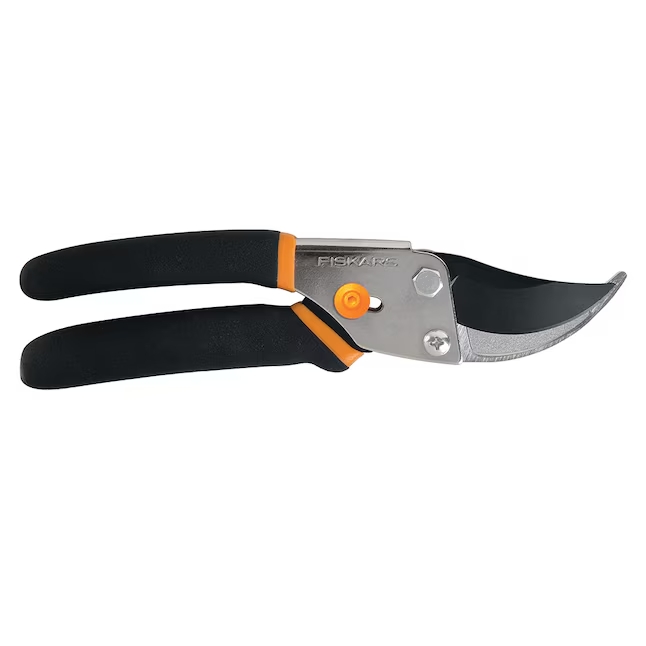
Price: $13.98







